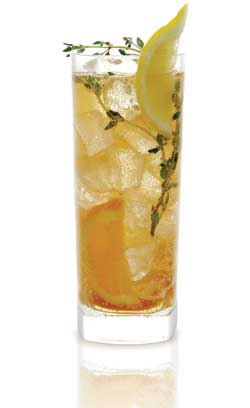All-purpose flour
I eat most of my fish fillets dusted in flour, then seared off until crispy: The flour browns nicely and creates just the barest hint of a crust on the fish.
I typically use regular all-purpose flour, and this is a great way to start -- but all you really need to do is switch up your flours to create vastly different texture and flavor profiles in an otherwise simple dish.
For example, use chickpea flour for Mediterranean or Indian fish or seafood dishes. It is a common flour used there, and will give you a deep brown, earthy and warm flavor. You can buy chickpea flour in most large supermarkets, in ethnic markets or online.
Want a richer, more mouth-filling flavor? Use rye or barley flour. These are heavier-tasting flours good with oily fish such as herring, bluefish, jacks or mackerel. I will also use these flours sometimes when I am cooking in a cuisine that uses those flours, such as Scottish, German or Scandinavian.
Texture matters, too. Want something crunchy, but not so grainy as cornmeal? Use semolina flour or stone ground wheat flour. Both are wheat flours, just not as finely ground; semolina comes from a different type of wheat, too.
So next time you think about sauteing a piece of fish, give a moment to think about whether you want to jazz things up by using a specialty flour -- combine a different flour with a different cooking oil and you can be transported to a new cuisine just like that. Think about the difference between a piece of halibut dusted in regular flour and fried in corn oil versus that same halibut dredged in rice flour and fried in sesame oil? It'll be a whole different animal.








